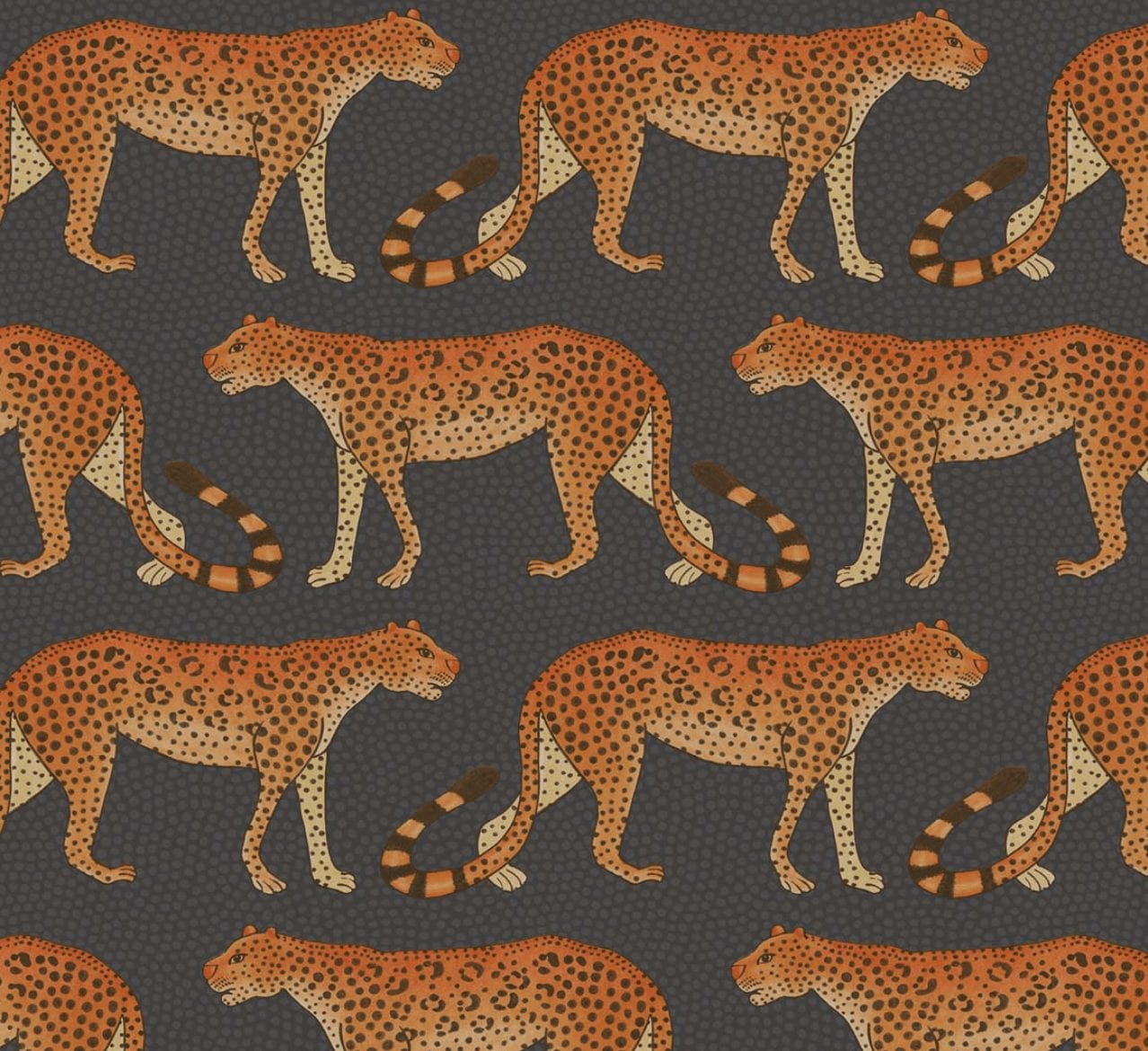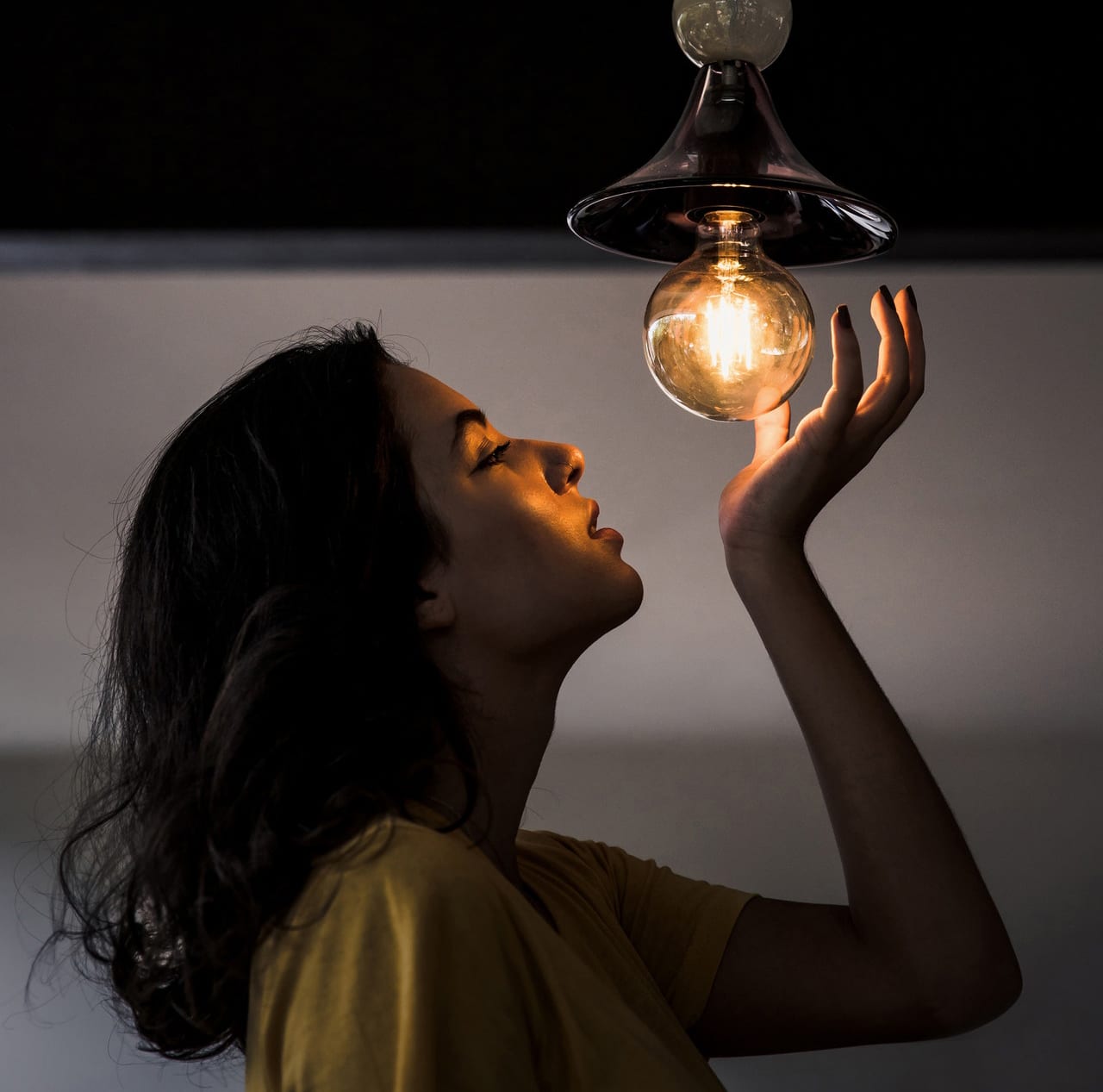What is all the fuss about linen bedding?
We’ve been harping on about linen sheets for a while now and you’ll find them for sale from the high street to the upmarket boutique in a huge range of price points. What is all the fuss about and why the price difference? Well here’s why.
Linen has been manufactured for an incredibly long time and is, in fact, one of the oldest materials known. Made from flax, linen is natural and environmentally friendly. How much linen is actually in the fabric is a good measure of price. 100% linen will cost more than a linen-cotton mix, and some linen mixes with other expensive materials might cost even more. Always check the label or the description to find out how much linen is actually in your ‘linen’.
Top five reasons to buy the right linen bedding
 It’s kind to your skin
It’s kind to your skin
When buying clothes, you don’t pick the cheapest material, do you? So why would you skrimp on the fabrics that you’ll spend one-third of your life lying in? Linen is a natural fiber so it’s kind to your skin. It’s also naturally anti-static, anti-bacterial, has a neutral PH balance and acts as a natural insulator. Linen can also hold up to 20 times its weight in moisture but dries super-quickly, which as nasty as it sounds, is an effective antiperspirant if you get hot at night.
As a sufferer of excema, I can highly recommend linen bedding. A year in and I do not have the flair-ups I did before.
Cool in summer, snuggly warm in winter
Linen is an all-year-round bedding option. So you only need one set (or two if you like to air one and wear one). Linen has temperature-regulating qualities, allowing air to circulate to keep you cool in summer and trapping the warm air in during winter keeping you snug, without causing you to overheat.
 It’s naturally soft and softens further with every wash
It’s naturally soft and softens further with every wash
Linen sheets have a distinct texture and delightful softness to them. Unlike other sheets that lose their finish with age, linen actually improves with every wash to become even softer and shinier.
It lasts for decades!
It actually does. Like a mattress, you should invest in your bed linen to aid better sleep.. and it looks fab too! Linen also retains its shape thanks to its natural elasticity and compared to wool and cotton, linen is twice as durable.
 It’s green and ethical
It’s green and ethical
Well, it can be.. always check with the manufacturer, but linen is a natural product and if produced organically and ethically, it is a very green product. All the flax used to make linen is used to make other things. The seeds are crushed to make linseed oil which is used in floor coverings, such as linoleum, and paint. Linen is a renewable resource and it needs no irrigation, reducing the environmental impact of growing it. Linen is also fully biodegradable.
All our partner’s linen sourced for our shop are environmentally conscious. It’s hugely important to us to reduce our environmental impact and we know it means a lot to you too. We also do not source products that we suspect have been made in sweatshops or by people being treated unfairly.
Common linen resistance…
But what about the crinkles?
For use, the creases are part of the look. You only have to flick through Instagram to see that most people do not iron their linen sheets! However, if creases are an issue for you there are some amazing blends out there that are crease resistant. Our Flax Sack linens are a linen-bamboo mix which significantly improves crease resistance and also make the fabric thicker and more luxurious.
 What about the price?
What about the price?
It’s an investment! A good set of linen could last a lifetime. Plus, when you spend two-thirds of your life asleep in bed, why would you skrimp! Remember that you get what you pay for, and those on the cheaper end can be scratchy, stiff and last only a year or two before they feel threadbare or uncomfortable.
Next time you buy bedding, buy linen!





